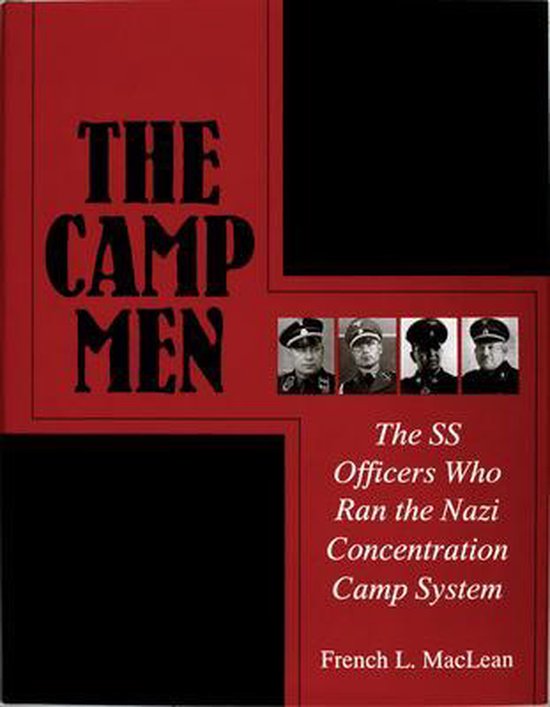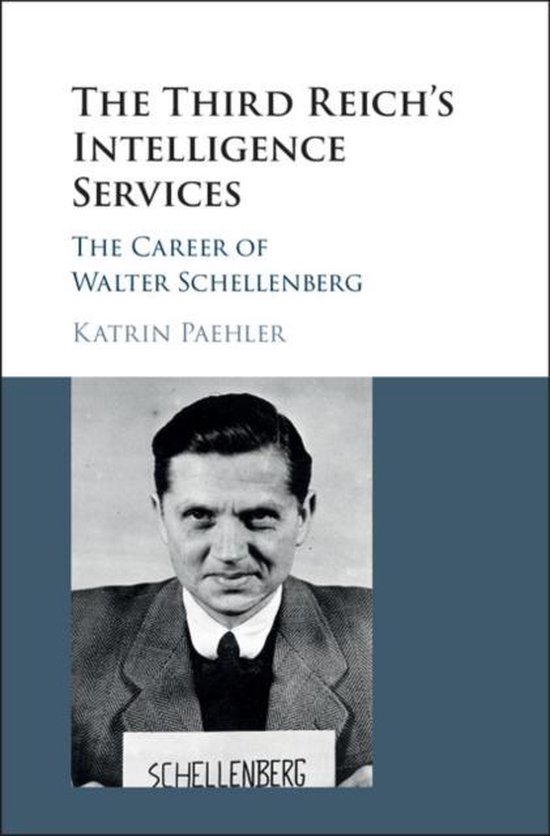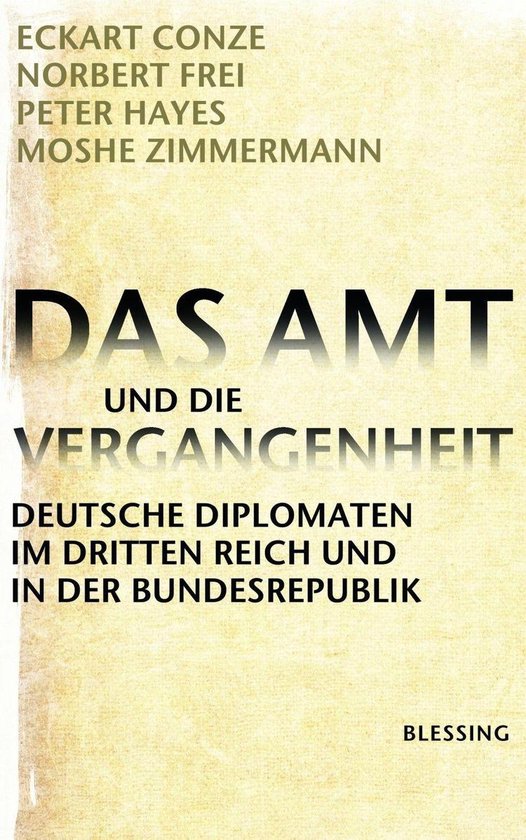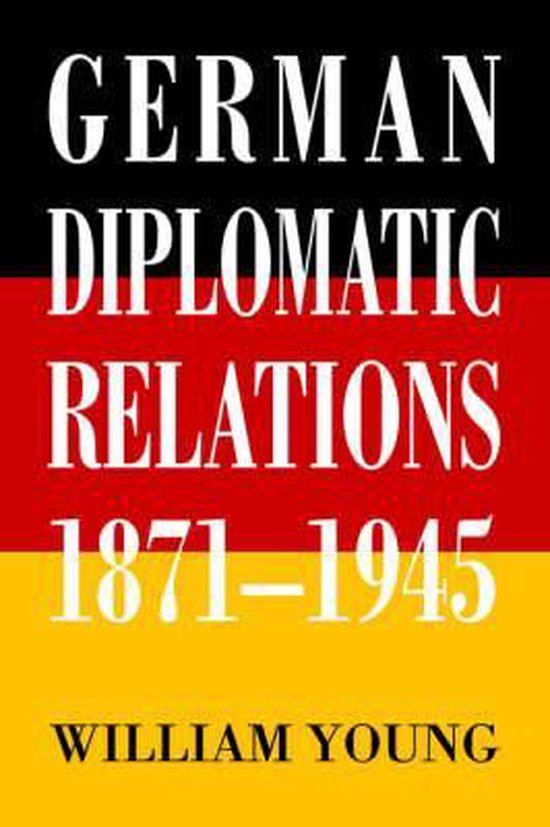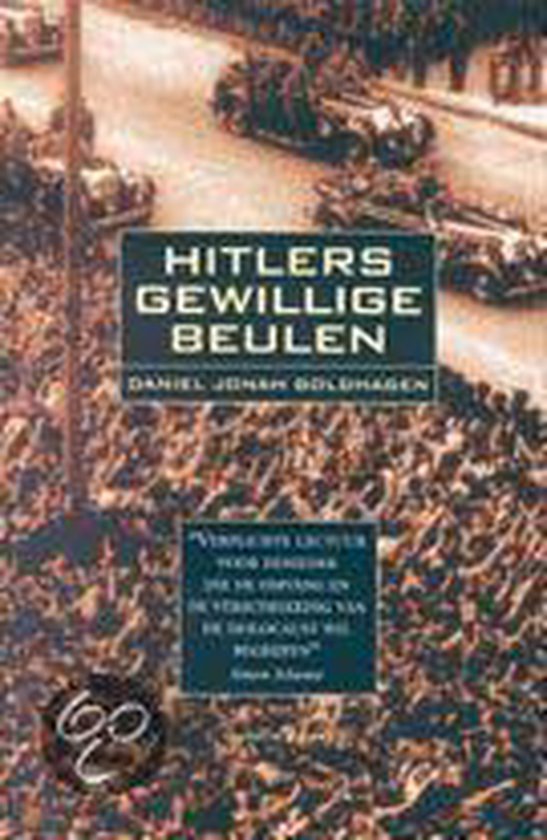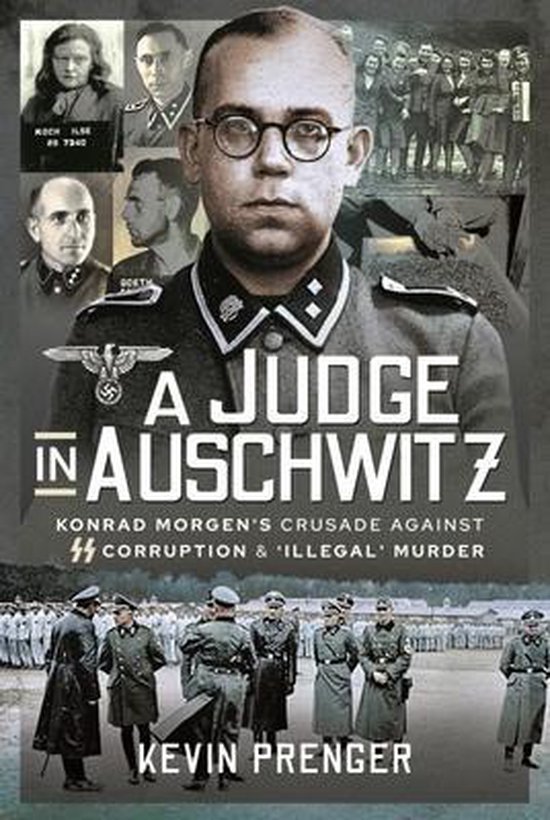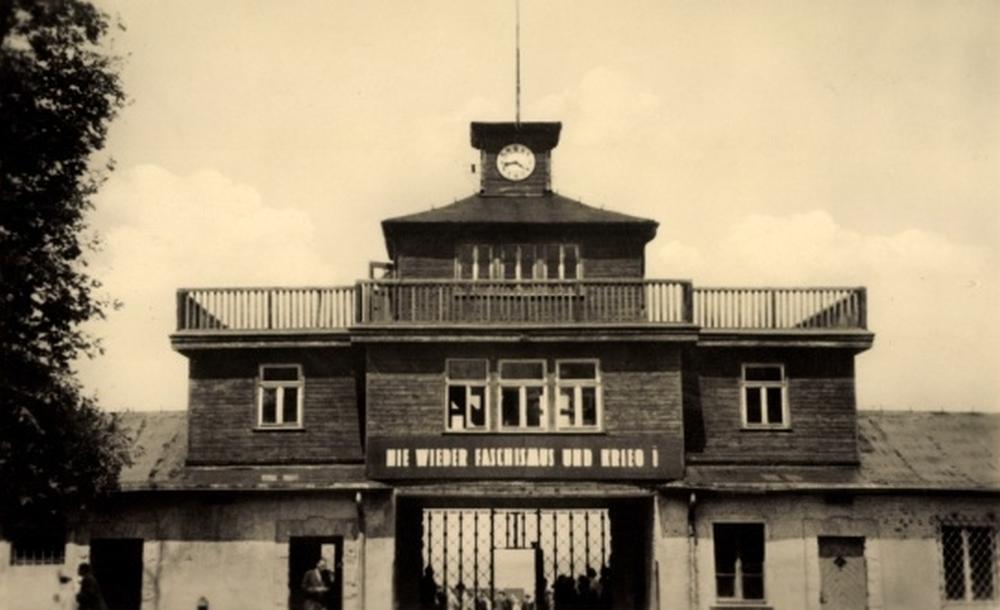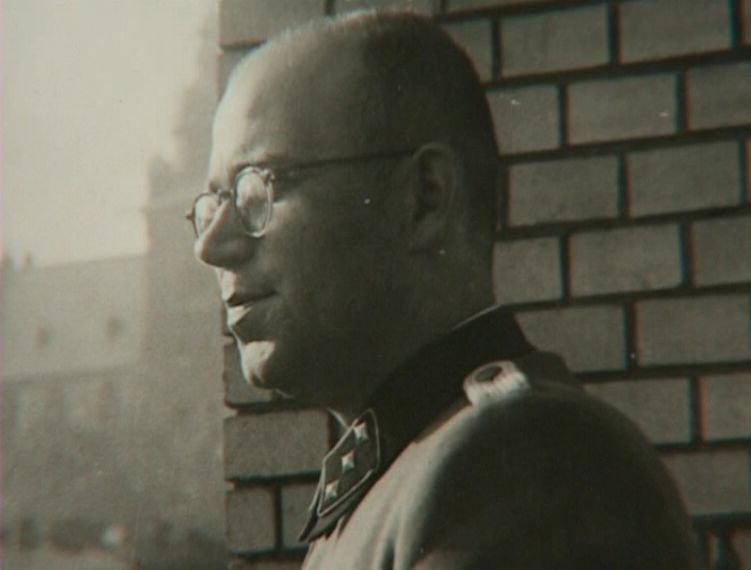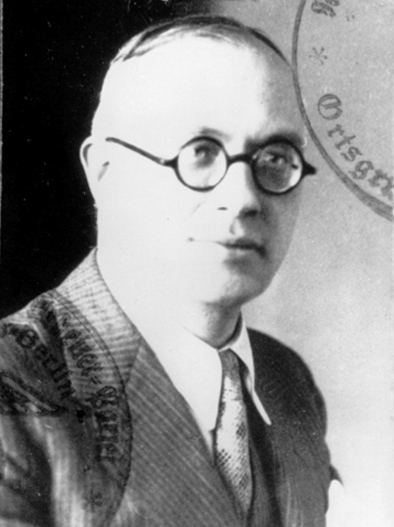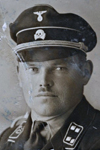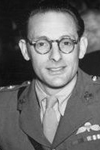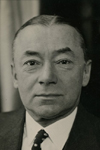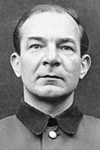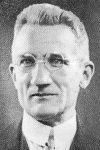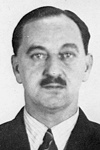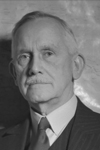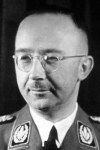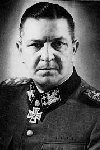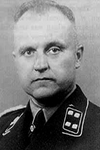Concentration Camp Sachsenhausen
The concentration camp Sachsenhausen was built in the summer of 1936. Prisoners from the Emslandlagern (a group of camps in the district Emsland) were employed to built the camp. It was the first camp built after the Reichsführer-SS Heinrich Himmler was appointed Chief of the German Police in 1936.
The by SS architects as must be perfect designed concentration camp should be an example of SS architecture to the world. For the prisoners it should serve as a symbol of the subjection to the absolute power of the nazi regime.
As concentration camp and model- and trainings camp for the SS situated nearby the capital of the Reich it took a special position in the national socialist system. This was emphasised when in 1938 the headquarters of the inspector of the concentration camp was moved from Berlin to Oranienburg close to the concentration camp Sachsenhausen.
After the war, the camp was used by the Russians as a Speziallager and at the end of 1945, 12,000 people were imprisoned in the camp again. These were Nazis but also Social Democrats and other opponents of the Soviet Union. After the establishment of the GDR in 1949, the camp was abandoned and the remaining prisoners were released, transferred to Russia or handed over to the GDR. During this period, approximately 60,000 people were imprisoned in the camp, of whom approximately 12,000 died. On the edge of the site there is a museum dedicated to this period.
Between 1936 and 1945 more then 200.000 prisoners were kept in the concentration camp Sachsenhausen. Thousands died during the notorious Death Marches. Approximately 3.000 prisoners (patients, doctors and nurses) were still in the camp when it was liberated on the 22nd of April 1945 by Polish and Russian troops of the Red Army.
Examples of what can be seen here:
• The Kommandatur, brought back in its original state
• The original entrance of the camp as it was in 1936.
• Russian memorial obelisk.
• Some exhibitions, for example an barrack brought back in its original state.
• A block of prison cells.
• The crematorium and extermination centre "Z".
• Cemeteries for prisoners, German soldiers and soldiers of the Red Army.
• The original weapon depot of the German troops.
For current visiting hours, please visit the website of the museum.
Do you have more information about this location? Inform us!
Source
- Text: Ronald Stassen
- Photos: Anne Bolijn (1, 3, 4, 5, 6), Jan de Jager (2, 7, 8)
Related books
Nearby
Museum
Point of interest
- SS-Brotfabrik Oranienburg - Oranienburg
- Security Building Satellite Camp Klinkerwerk - Oranienburg
- Shooting Range Satellite Camp Klinkerwerk - Oranienburg
Monument
- Memorial Sachsenhausen Crematorium - Oraniënburg
- Memorial Statue Sachsenhausen Concentration Camp - Oranienburg
- Dutch Memorial Sachsenhausen - Oranienburg
Cemetery
- Soviet War Cemetery Oranienburg - Oranienburg
- German War Cemetery Lehnitz - Lehnitz
- German War Graves Oranienburg - Oranienburg

